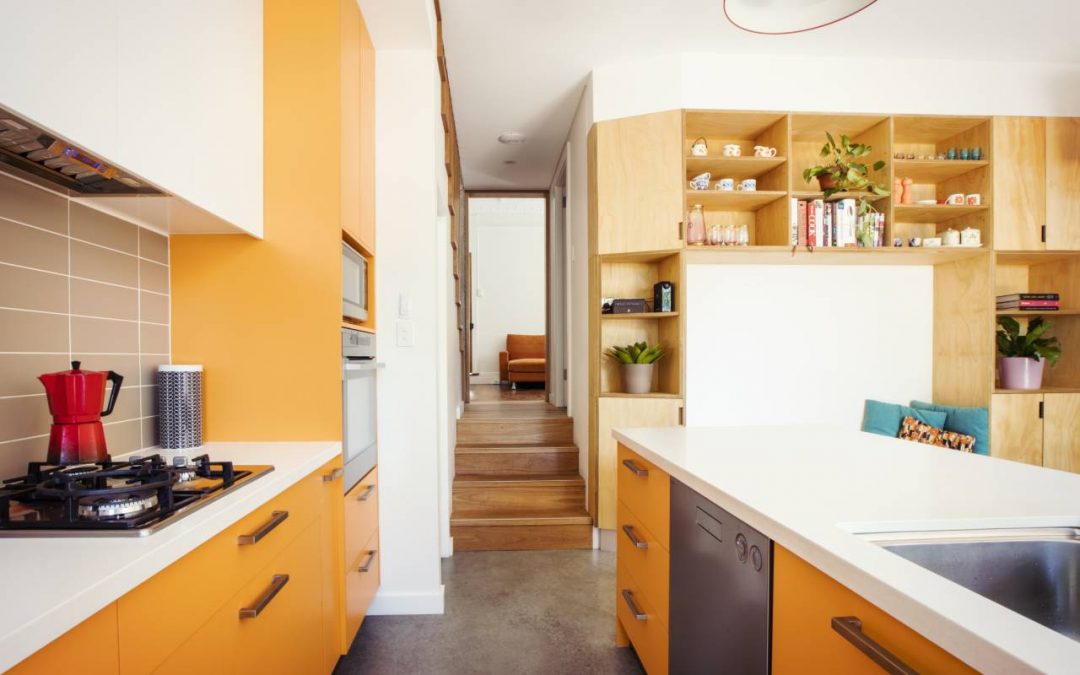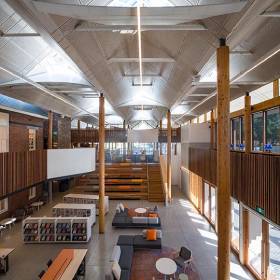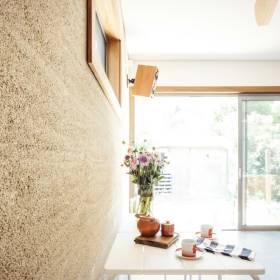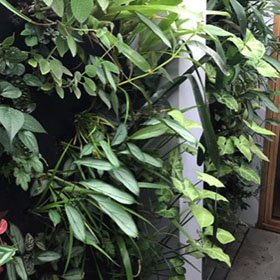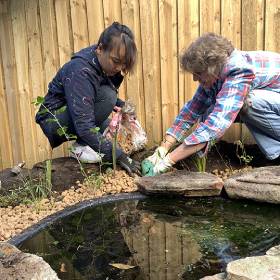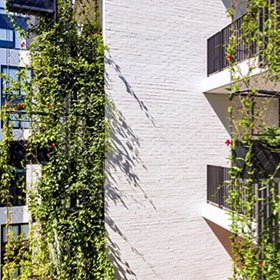Are you planning a home renovation, retrofit or new build? It’s worthwhile considering sustainable design in your plans as it will reduce your carbon footprint and improve the livability of your home. The underlying principle behind sustainable design is consideration of the relationship of a building to the environment and community, which means designing for longevity, not wasting resources, and reducing environmental impacts.
Inner West Council encourages the community to consider sustainable design and isn’t afraid to walk the talk, with the much loved Marrickville Library and Pavilion winning the Milo Dunphy Award for Sustainable Architecture at the 2020 NSW Architecture Awards (as well as the Premier’s Prize and People’s Choice Award). It was commended for its connection to community, honouring of heritage, designing for natural light and natural/mixed mode air flow and use of sustainable timber and recycled bricks.
Some of the ways to incorporate sustainable design principles in a build or retrofit are:
- Do your research – there’s lots of guidance at the Yourhome website and in Renew Magazine.
- Seek advice from skilled people who support your sustainable vision – architect, builder, designer and/or various tradespeople.
- Consider the lifecycle of the materials you’re intending to use, and where possible re–use materials and use durable, low-impact, natural and pre-fabricated materials.
- Consider passive building design to create a comfortable temperature in the house, without the need for air-conditioning. Australian Passive House Association’s video shows how this works.
- Include solar panels and/or a battery in your plans, which may mean adjustment of the roof shape, angle and materials. Council can support you to go solar.
- Install a green roof, wall or façade and so reduce your heating and cooling needs. Council has released a Green Roofs, Walls and Facades Technical Guidelines for the Inner West.
- If installing or replacing, purchase appliances with high energy star ratings and high water saving ratings to reduce your energy and water use.
- Don’t forget the garden. Water sensitive urban design allows you to reduce water use, pollution going into waterways and creates beautiful habitat. Creating a wildlife habitat garden in your backyard also encourages native wildlife.
- Create an accessible home by considering the livability of your design, and whether it will suit people of all ages and all abilities. Check out the Livable Housing Australia website for advice.
Looking for more inspiration and resources?
- Check out Inner West Council’s Sustainable Design page
- Watch this video for some home retrofitting tips
- Inner West Council Libraries have many books you can borrow on this topic. Search in the library catalogue for ‘sustainable house’ and these are some of the books you’ll find in the collection:
- The sustainable house handbook, Josh Byrne, 2020
- Sustainable House, Michael Mobbs, 2010
- Retrosuburbia: The downshifter’s guide to a resilient future, David Holmgren, 2018

